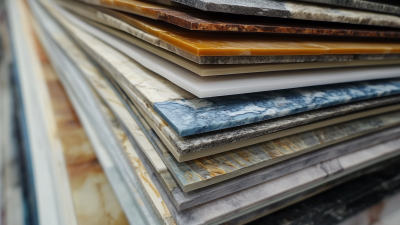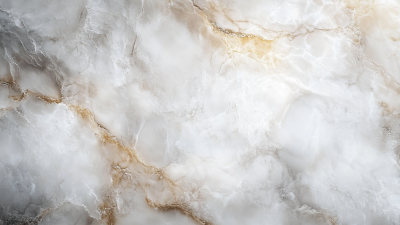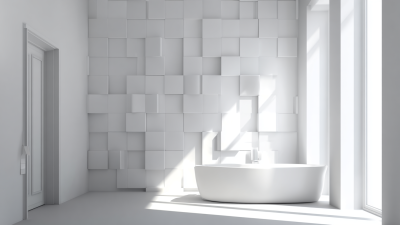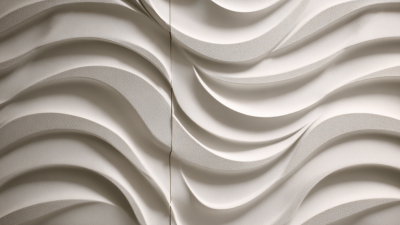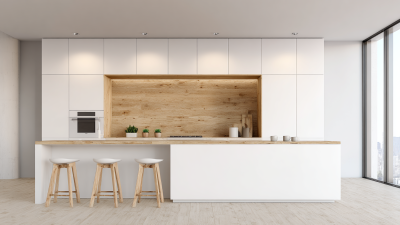
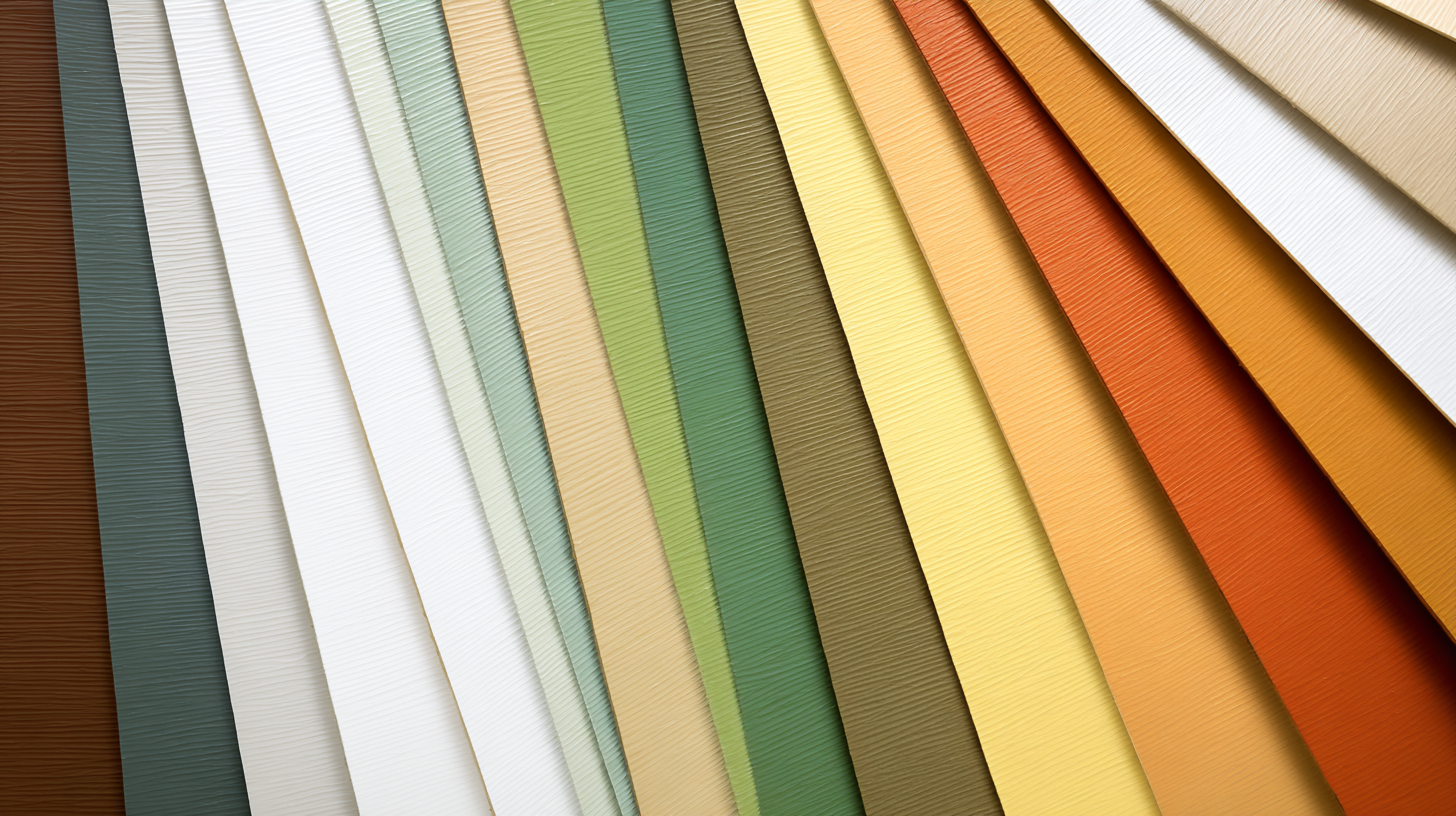 Choosing the right PVC cladding sheets is essential for both aesthetic appeal and functional performance in construction and renovation projects. With the global market for PVC cladding expected to reach USD 2.5 billion by 2025, driven by its durability and low maintenance, understanding the key factors that influence your selection is crucial. According to industry reports, nearly 60% of architects and builders prioritize material sustainability and ease of installation when sourcing cladding materials. PVC cladding sheets not only offer versatility in design but also provide excellent insulation properties, contributing to energy efficiency in buildings. This guide delves into expert insights and essential statistics to help you make an informed decision when choosing the right PVC cladding sheets for your next project.
Choosing the right PVC cladding sheets is essential for both aesthetic appeal and functional performance in construction and renovation projects. With the global market for PVC cladding expected to reach USD 2.5 billion by 2025, driven by its durability and low maintenance, understanding the key factors that influence your selection is crucial. According to industry reports, nearly 60% of architects and builders prioritize material sustainability and ease of installation when sourcing cladding materials. PVC cladding sheets not only offer versatility in design but also provide excellent insulation properties, contributing to energy efficiency in buildings. This guide delves into expert insights and essential statistics to help you make an informed decision when choosing the right PVC cladding sheets for your next project.
When selecting PVC cladding sheets for your project, several key factors must be considered to ensure optimal performance and sustainability. First and foremost is the environmental impact of the materials. Recent studies indicate that the construction sector is responsible for approximately 39% of carbon emissions globally, emphasizing the importance of choosing sustainable materials. Innovations in PVC production have led to the development of sheets that are not only durable but also recyclable, thereby reducing their ecological footprint.
Performance characteristics also play a critical role in the selection process. According to industry reports, high-quality PVC cladding sheets exhibit excellent weather resistance and low maintenance requirements, making them ideal for various applications. Additionally, the integration of advanced technologies in the production of these materials has resulted in products with improved fire resistance and energy efficiency. For instance, a recent survey found that 60% of construction professionals prioritize fire safety when choosing materials, demonstrating the need to consider technical specifications alongside aesthetic and financial factors in order to mitigate risks in building projects.
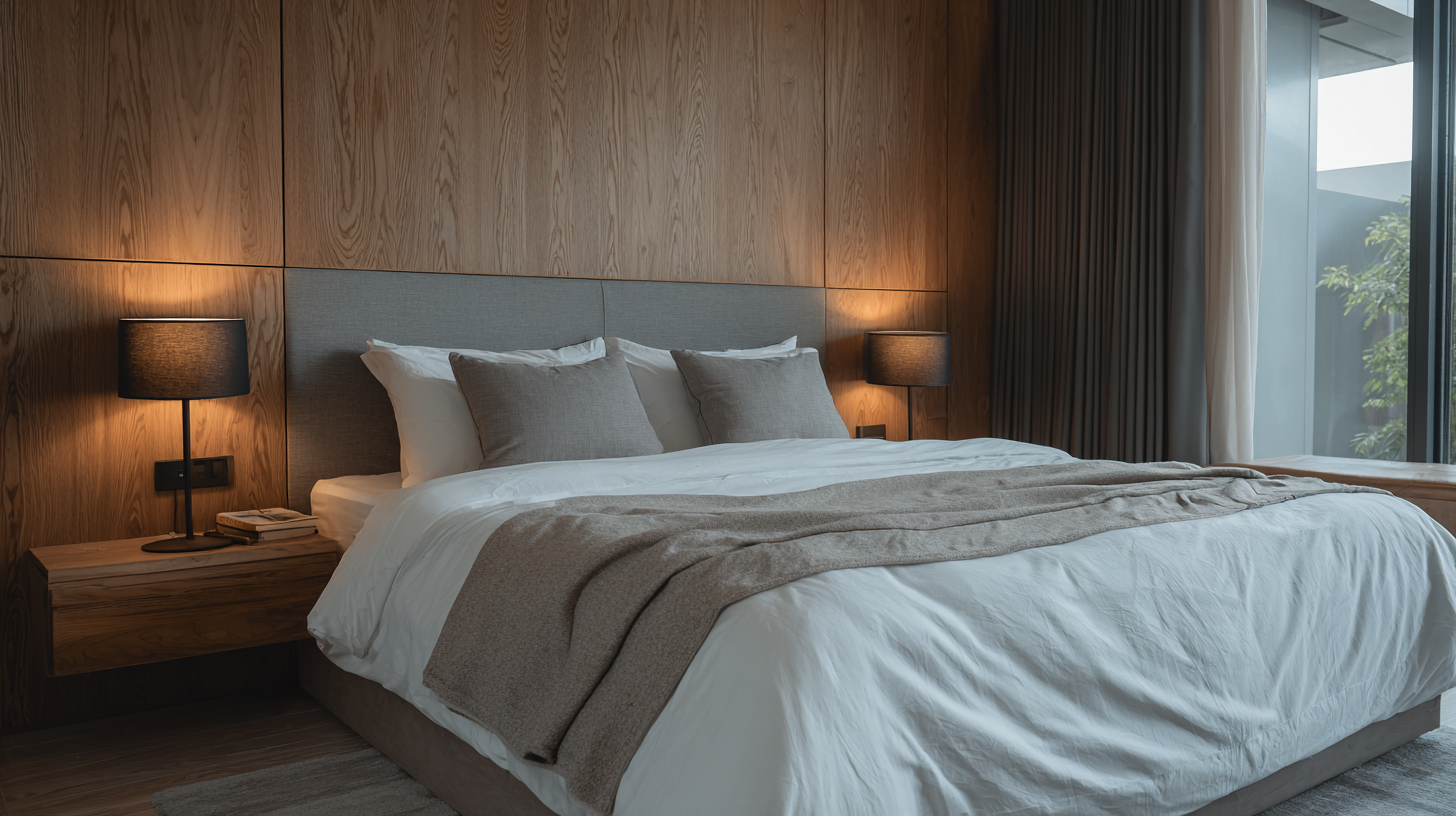
When selecting the right PVC cladding sheets, it's essential to understand their durability and performance metrics, which are critical in various applications including construction and interior design. Recent industry reports indicate that the PVC foam board market is expected to grow significantly, with a revenue projection of USD 3.5 billion by 2033, reflecting a robust annual growth rate of 7.8%. This growth suggests an increasing consumer preference for materials that offer both aesthetic appeal and long-lasting durability.
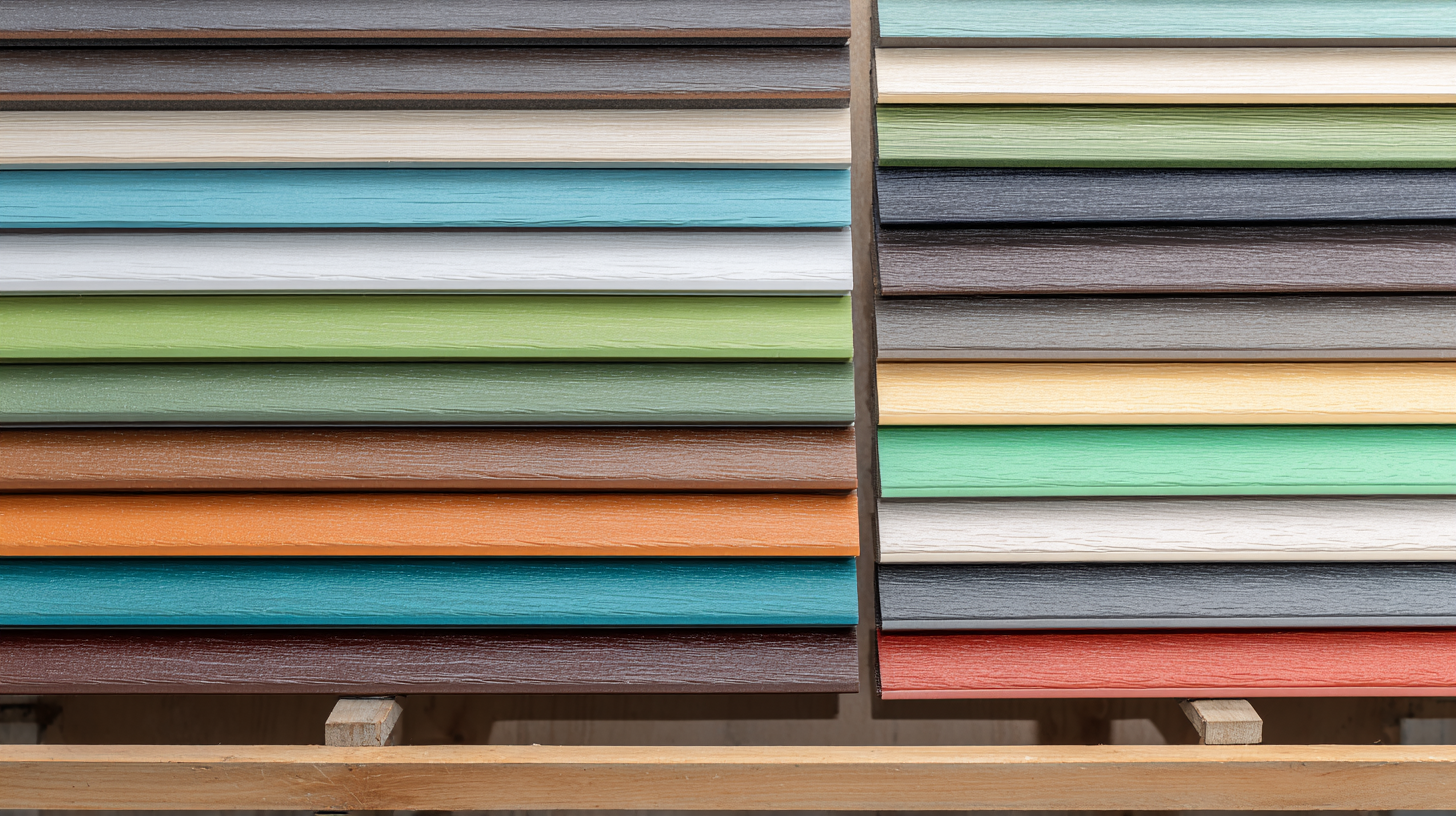
Tips: When choosing PVC cladding sheets, consider their resistance to weathering and UV light, as these factors directly influence longevity. Additionally, look for sheets with fire ratings and environmental certifications, ensuring compliance with safety standards while contributing to sustainable building practices. Conducting thorough research on key industry statistics, such as the estimated growth of the construction plastics market hitting $305 billion by 2035, will also provide insight into market trends that influence your decision.
Another important aspect to consider is the design versatility of PVC cladding sheets. With the ongoing advancements in production technology, options are expanding, allowing you to choose sheets that not only perform well but also offer aesthetic variations to suit different architectural styles. This allows for creative expression without sacrificing durability or performance.
When considering the cost-benefit analysis of different types of PVC cladding sheets, it is vital to evaluate not only the initial investment but also the long-term environmental impact. Recent studies have highlighted the importance of life cycle assessments (LCA) in gauging the sustainability of construction materials. The production and use of PVC cladding can significantly influence the overall carbon footprint of a building project, especially when compared to recycled plastic alternatives that are gaining traction in the market.
As the global market for recycled plastics in green building materials is anticipated to expand from USD 5.26 billion to USD 11.04 billion by 2033, builders and architects are increasingly opting for materials that offer both sustainability and performance. Technological innovations in sustainable building materials are not only enhancing durability but also providing greener options that align with current environmental standards. Therefore, choosing the right PVC cladding sheets requires a careful consideration of both upfront costs and the long-term benefits associated with energy efficiency and reduced environmental harm.
| Type of PVC Cladding | Cost per Square Meter ($) | Lifespan (Years) | Maintenance Frequency (Years) | Fire Resistance Rating |
|---|---|---|---|---|
| Standard PVC | $10 | 10 | 5 | Class B |
| Foam PVC | $8 | 8 | 4 | Class C |
| High-Gloss PVC | $15 | 12 | 6 | Class B |
| Textured PVC | $12 | 15 | 7 | Class A |
| Reinforced PVC | $20 | 20 | 10 | Class A |
When evaluating PVC cladding sheets, aesthetics and design options play a crucial role in selecting the right product for a building project. Recent studies have shown that the visual appeal of cladding significantly influences property value and occupant satisfaction. According to a comparative life cycle assessment, the choice of materials, including PVC, can mark a notable difference in a building's overall aesthetic and environmental impact. For example, projects that integrate advanced materials like Cement Based Composites with embedded Phase Change Materials (PCMs) are highlighted for their ability to enhance both the thermal efficiency and visual complexity of facades, making them a compelling option for contemporary designs.
Moreover, when assessing different cladding options, a multi-criteria decision-making approach is essential. Utilizing methods like AHP and TOPSIS enables architects and builders to evaluate exterior wall structures quantitatively. For instance, a recent analysis comparing ETICS and ventilated façade systems indicated that specific PVC designs can offer competitive advantages in terms of durability and environmental performance. Industry statistics suggest that well-designed PVC cladding options not only meet aesthetic aspirations but also provide significant energy-saving potential, effectively reducing the carbon footprint of building renovations.
When choosing PVC cladding sheets, environmental impact and sustainability are critical factors to consider. PVC, or polyvinyl chloride, is a widely used material in construction due to its durability and low maintenance requirements, but its production and disposal raise environmental concerns. The manufacturing process of PVC involves significant energy consumption and the release of harmful chemicals, contributing to pollution and greenhouse gas emissions. Therefore, opting for PVC cladding sheets that are produced using eco-friendly practices can help mitigate these impacts.
Moreover, the longevity of PVC cladding plays a crucial role in sustainability. High-quality PVC sheets can last for decades, reducing the need for frequent replacements. Additionally, some manufacturers are now offering recycled PVC options, which further diminish the environmental footprint associated with new production.
When evaluating PVC cladding choices, it's essential to consider factors such as sourcing transparency, the lifecycle of the materials, and the potential for recycling at the end of their use. Selecting materials that prioritize both performance and environmental consciousness supports a more sustainable construction industry.
